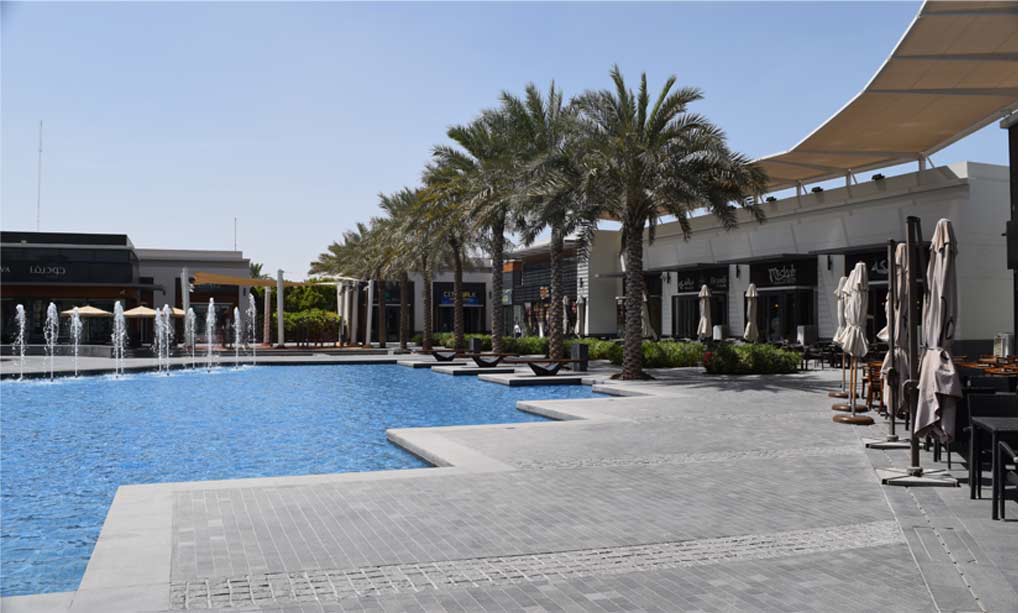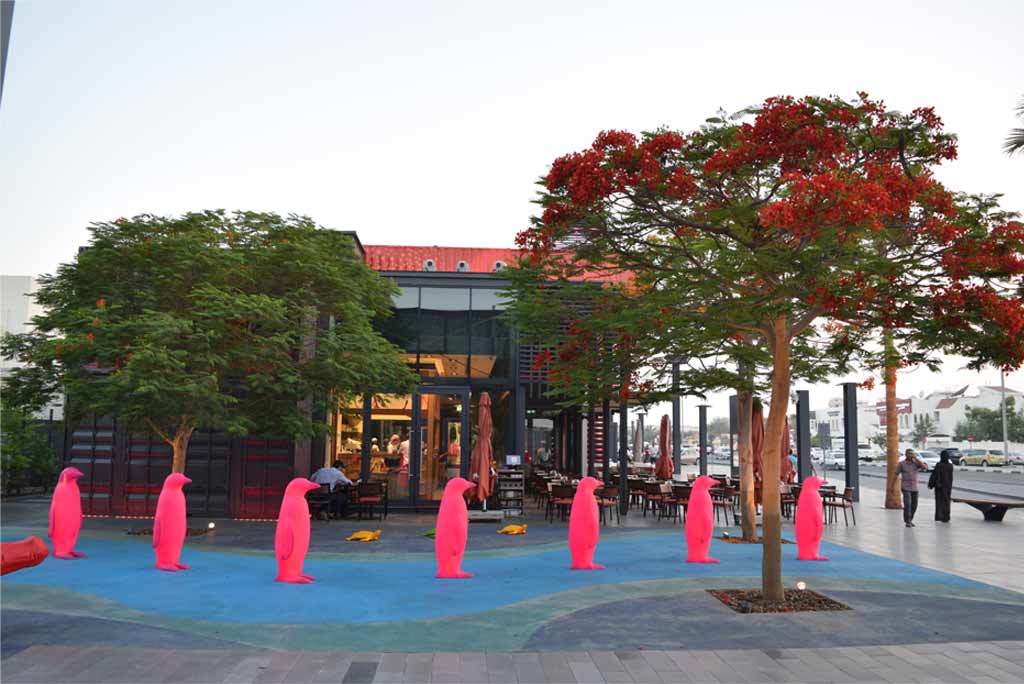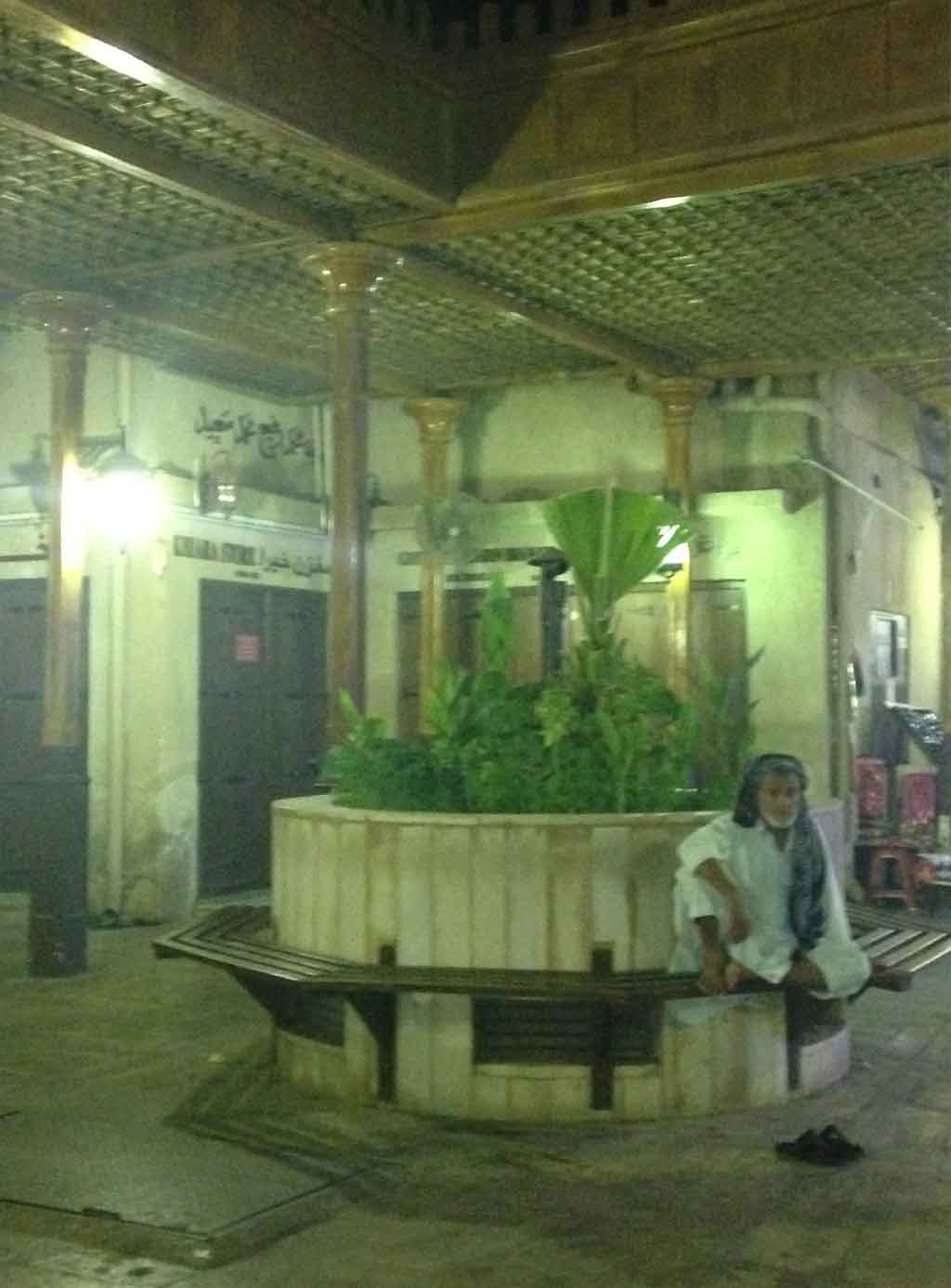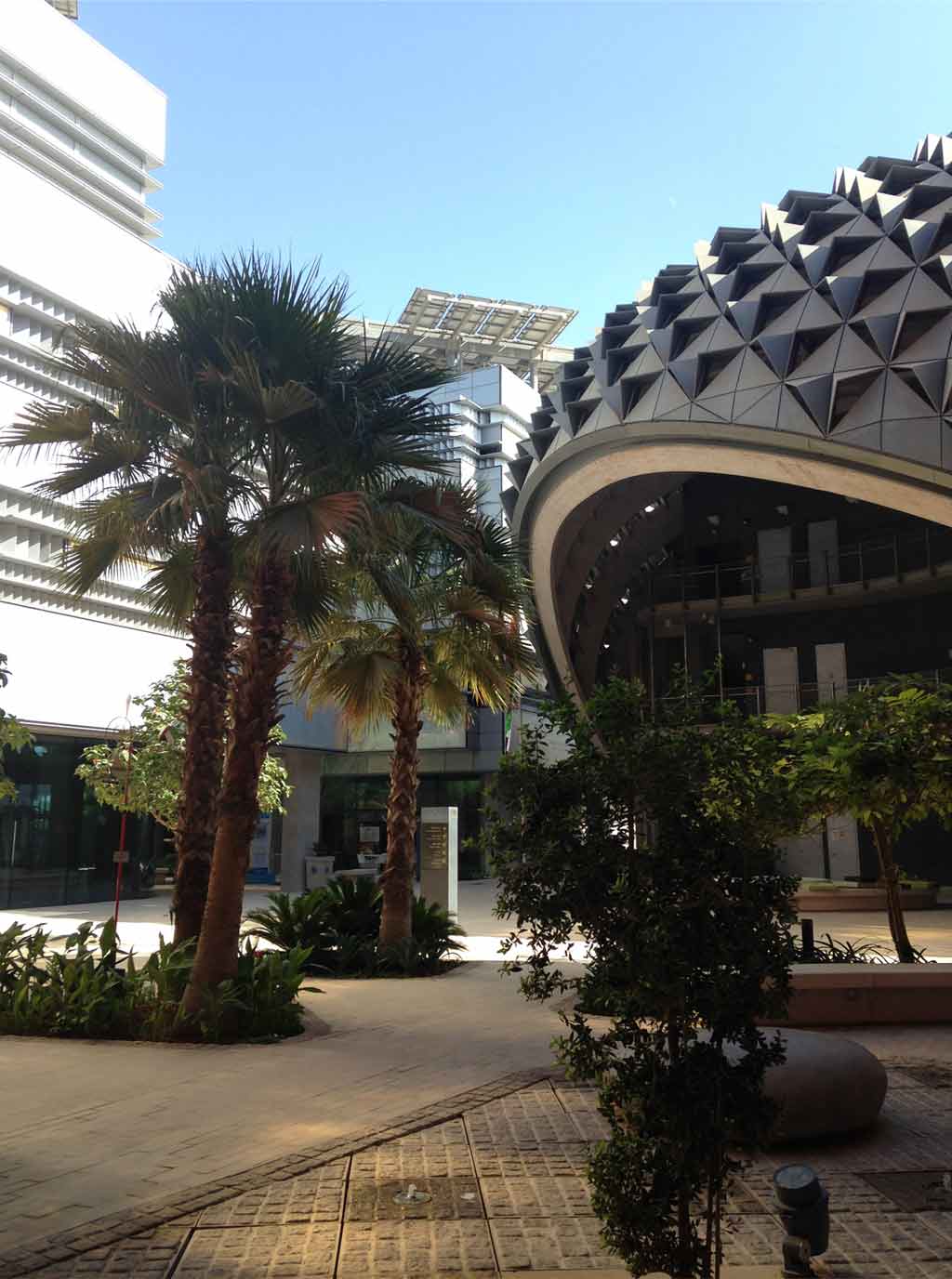
It is said that people in the UAE spend 80% of their time indoors. It is also a well-known fact that obesity and vitamin D deficiency are two of the most common health problems here. Do you see where I’m going with this? I want to talk about the importance of outdoor activities and spaces.
Urban spaces are just as important as buildings to a city. The term ‘urban’ by definition means ‘characteristics of a city’. They lend character and help with the connectivity and interaction of people. More often than not, you remember a city more for the urban spaces and experiences than its spectacular skyline. The issue with the provision of urban spaces in a city is its accessibility and ease of use. For example, the beautifully landscaped dividers on the highways do not count as urban spaces because there is no way of reaching them without risking your life.

With the advent of integrated design processes in architecture, we are seeing a change in architectural practices. For example, the newer malls like Dubai Mall and The Beach (mall) have permeable boundaries with the outdoors. Such buildings encourage movement and wholesome interaction within people and with the environment. The value of residential and commercial spaces increases with the presence of such usable open spaces.

Speaking about Dubai specifically, it is clear that there have been changes in urban form from a traditional to westernized model. Traditionally, the city was built on a pedestrian scale with a dense and complex cityscape. This can still be witnessed in parts of old Dubai such as Bastakiya and Deira. As a community, the locals are known to be private and therefore, their structures were inward looking around a courtyard. Urban spaces were limited to souqs and transportation channels. Modern planning with its dominant transportation networks, divide these dense clusters, which have become inaccessible to each other. In order to cross the Sheikh Zayed Road, you need to walk through an air-conditioned tunnel, which again cuts you off from the outdoors. This has resulted in a gap between the past and the present in terms of urban space, just as it has in architecture.

The best way to integrate open space into designs in this region is by understanding the needs of the people and their patterns of daily routine. This is a challenge in today’s age of videophilia and rising addiction to smart devices. Open spaces now also have the added responsibility of inspiring a change in peoples’ routine. It should also apply values of local traditions with regards to social implications. Now is a good time to explore the existing open spaces of Dubai with the weather being a bit favourable as well.











